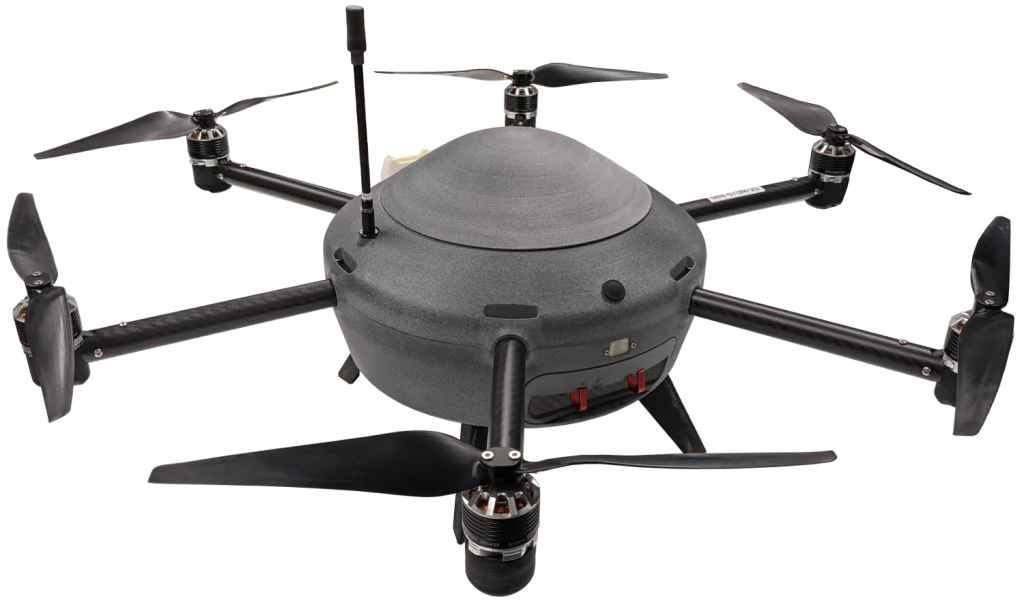In an era where precise weather forecasting is becoming increasingly vital, innovative technologies are stepping up to fill the gaps left by traditional methods. One such groundbreaking innovation is the deployment of advanced weather drones. The National Oceanic and Atmospheric Administration (NOAA) has embarked on a promising partnership with GrandSKY, Synoptic Data PBC, and Meteomatics to leverage these drones for upper air observations, aiming to enhance weather forecasting capabilities.

The Partnership and Its Objectives
On May 24, 2024, NOAA’s National Weather Service (NWS) and Grand Sky Airfield Operations, LLC, formalized a two-year Cooperative Research and Development Agreement (CRADA). This collaboration aims to deploy uncrewed aircraft systems (UAS) to gather and evaluate upper air data, assessing its utility in weather forecasting. The research project, set at the GrandSKY Flight Operations Center in Grand Forks, North Dakota, will collect weather data up to an altitude of 16,900 feet.
Curtis Marshall, Ph.D., Lead for the Commercial Data Program at NOAA’s NWS, emphasized the importance of additional observations in the atmospheric boundary layer, stating, “We are exploring commercial sources to improve our observing systems footprint and through this partnership, we hope to leverage a new way to gather the observations we need.”
The Technology Behind Weather Drones
Operated by GrandSKY, the Meteomatics Meteodrones are at the forefront of this technological advancement. These drones are remotely controlled mobile weather observation aircraft that provide near real-time, high-altitude atmospheric measurements. They gather critical atmospheric data, including temperature, pressure, humidity, wind conditions, and detection of icing conditions and accumulations. This data collection is similar to what is achieved with radiosonde probes flown on weather balloons, but Meteodrones offer a more versatile and rapid alternative.
The Meteodrone MM-670, in particular, is designed to collect weather observations from both the lower and middle atmosphere, capturing key parameters such as temperature, humidity, air pressure, wind speed, and wind direction. These drones can be launched and recovered in rapid succession, ensuring continuous and comprehensive data collection.
Enhancing Forecasting Accuracy and Situational Awareness
The primary aim of this research project is to evaluate the effectiveness of deploying UAS in the weather observation role and to determine if the collected observations are beneficial to NOAA stakeholders. The ultimate goal is to enhance situational awareness and support existing NOAA weather forecast operations.
Tom Swoyer, President of GrandSKY, highlighted the significance of accurate weather information for their aircrews, saying, “We are excited to expand our partnerships to continue researching how UAS-enabled weather collection tools can contribute to refined weather awareness across the National Airspace Systems.”
Synoptic Data PBC plays a crucial role in this partnership as the primary data repository. Elizabeth Wilson, Director of Weather Programs at Synoptic, expressed their enthusiasm, stating, “Synoptic will be storing and delivering these high-quality, low latency data to the National Weather Service in near real-time, allowing for a more effective and centralized process for data validation.”
The Future of Advanced Weather Forecasting
According to the NOAA, Meteodrones hold the potential to significantly enhance the accuracy of weather forecasts by filling critical observation gaps in the lower and mid-atmospheric boundary layer. Martin Fengler, CEO and Founder of Meteomatics, underscored this potential, noting that precise, high-resolution data from Meteodrones can revolutionize the prediction of severe local weather phenomena.
The research project aims to study the effectiveness of these unmanned aircraft systems in weather observation, evaluate their usefulness to NOAA stakeholders, and assess their impact on existing NOAA weather forecast operations. Through CRADAs like this one, NOAA continues to partner with private sector companies to conduct research and development that is mutually beneficial and supports NOAA’s mission.
The deployment of advanced weather drones represents a significant step forward in weather forecasting. By harnessing cutting-edge technology and fostering collaborative partnerships, NOAA and its partners are paving the way for more accurate and timely weather predictions, ultimately enhancing public safety and preparedness.
Source: NOAA
